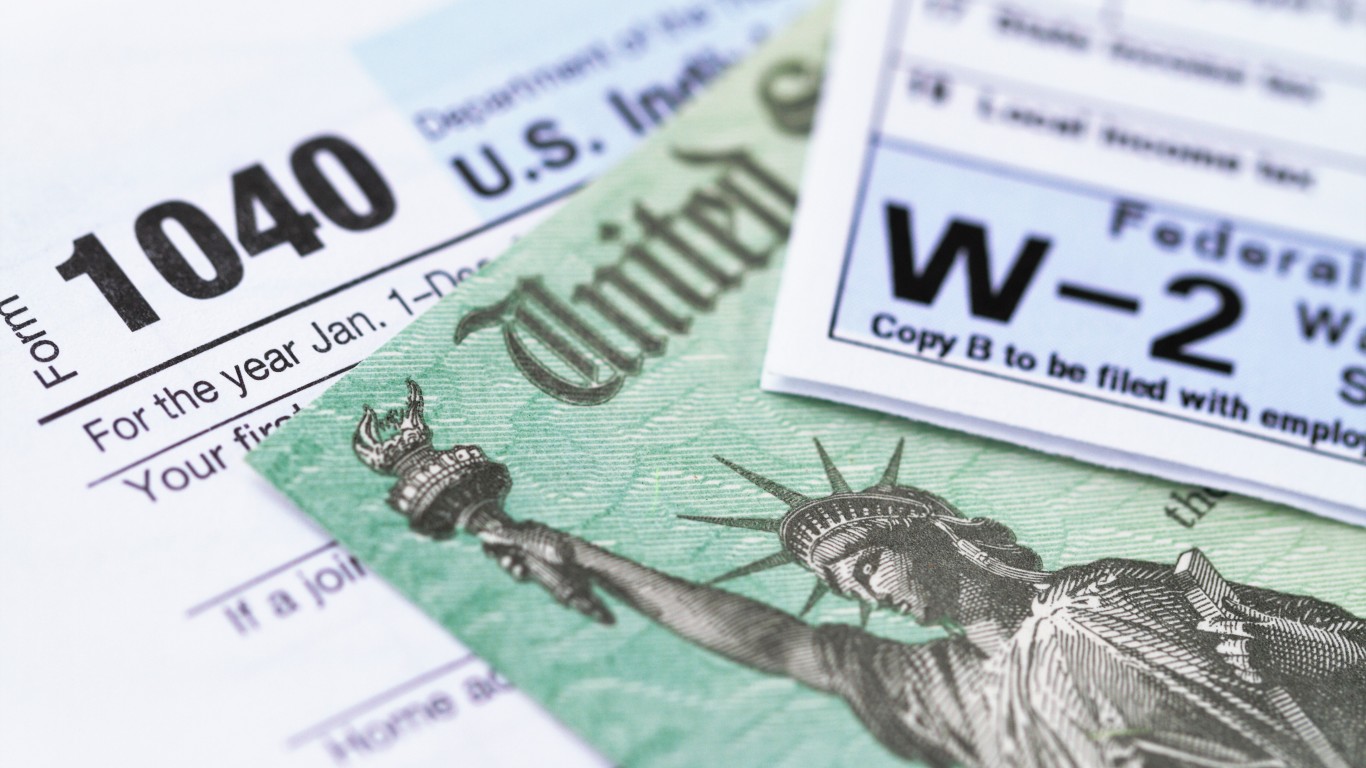 If you were preparing for the bank stress tests all week (and last week), chances are high that MetLife, Inc. (NYSE: MET) was not on your list of companies which would pass or fail the bank stress tests. The problem is that banks and insurance companies are not at all alike other than the one aspect that they fall under regulated financial entities under stock screens.
If you were preparing for the bank stress tests all week (and last week), chances are high that MetLife, Inc. (NYSE: MET) was not on your list of companies which would pass or fail the bank stress tests. The problem is that banks and insurance companies are not at all alike other than the one aspect that they fall under regulated financial entities under stock screens.
Yesterday’s news that the Federal Reserve did not issue a passing grade to MetLife has taken away all of the pre-test gains which were seen late in the day. The insurance outfit even issued a statement that they were deeply disappointed with the announcement.
The release even noted, “We do not believe that the bank-centric methodologies used under the CCAR are appropriate for insurance companies, which operate under a different business model than banks… The established ratios used to measure insurance company capital adequacy, such as the NAIC’s risk-based capital ratio, show that MetLife is financially strong. At year-end 2011, MetLife had a consolidated risk-based capital ratio of 450%, well in excess of regulatory minimums.”
MetLife had excess capital of $3.5 billion at the end of 2011 and it projected that its excess capital will grow to $6 billion to $7 billion at year-end 2012.
In the capital plan submitted by MetLife, it requested approval for $2 billion in stock repurchases and an increase of its common stock dividend from $0.74 per share to $1.10 per share per year.
For the worrying crowd, MetLife won’t always be mistaken as a bank masquerading as an insurance company. The company noted, “MetLife continues on track with its plan to cease being a bank holding company by the end of the second quarter of 2012. In addition to winding down the forward mortgage business of MetLife Bank, the company previously reached agreements to sell its depository and warehouse finance businesses.”
After a 5% drop so far this morning to $37.50, the 52-week trading range is $25.61 to $47.10 and the market cap is just under $40 billion.
JON C. OGG
Travel Cards Are Getting Too Good To Ignore
Credit card companies are pulling out all the stops, with the issuers are offering insane travel rewards and perks.
We’re talking huge sign-up bonuses, points on every purchase, and benefits like lounge access, travel credits, and free hotel nights. For travelers, these rewards can add up to thousands of dollars in flights, upgrades, and luxury experiences every year.
It’s like getting paid to travel — and it’s available to qualified borrowers who know where to look.
We’ve rounded up some of the best travel credit cards on the market. Click here to see the list. Don’t miss these offers — they won’t be this good forever.
Thank you for reading! Have some feedback for us?
Contact the 24/7 Wall St. editorial team.



